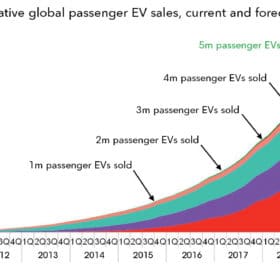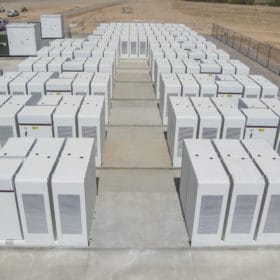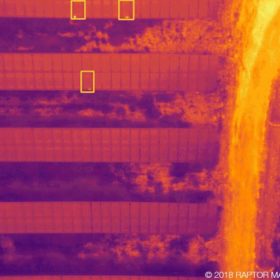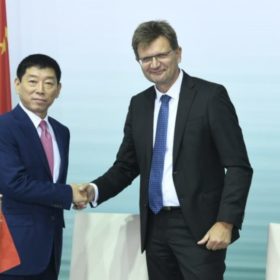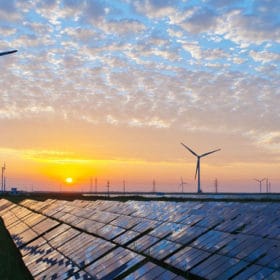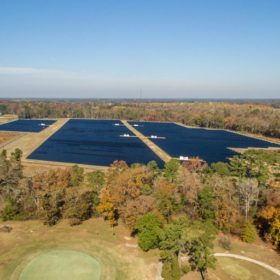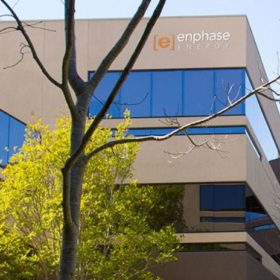SolarEdge charges into storage market with Kokam acquisition
The power electronics maker will buy 75% of Kokam’s shares for $88 million, with an intent to acquire the remainder thereafter. Strategic company acquisitions and close partnerships are characterizing this year’s inverter market, as companies seek to diversify and integrate storage systems and other technologies.
Global EV sales hit 4 million, soaring market sees next million in May 2019
While it took 60 months to reach the first million electric vehicle (EV) sales, in late 2015, it took the fourth million just six months. China is driving this development. Meanwhile, as first generation EVs batteries are reaching their end-of-life, interest in second-life use cases is growing. The volume of retired EV battery packs is set to be 108 GWh by 2029 – representing a third of the expected storage capacity market at that time.
Battery materials market to grow 9% through 2022
A report by Technavio suggests the global market for battery materials could grow 9% annually for the next four years. Analysts point to the increasing installation of storage systems with PV as a key driver. pv magazine has covered previous reports predicting significant growth in PV and storage systems.
Enel and Raptor Maps to develop AI drone software for operations and maintenance applications
Enel Green Power North America and Raptor Maps will develop AI-based drones to reduce O&M costs. Kicking off this month, the project will see its first batch of 30 field workers trained by the end of the year. Both companies already have the relevant technology in their portfolios.
BMW, Tesla open factories in China in spite of trade dispute
In the wake of the U.S.-China trade dispute, the Chinese government has loosened its policy on ownership caps for factory sites for foreign car brands. Previously, car companies could only retain 50% of the ownership of a factory and had to set up a joint venture with a Chinese partner. By setting up shop in China, Tesla can avoid import duties on its cars, to cater to a broader customer base.
Falling battery costs to push solar, wind to 50% electricity by 2050
BNEF predicts that solar PV capacity will grow 17-fold, and wind six-fold, by 2050, to account for nearly half of global electricity generation. Investments will reach $11.5 trillion. Cost reductions will drive this charge, particularly in the battery market. Despite this, the electricity sector is still failing to bring CO₂ emissions down to the required levels.
Innogy to develop 440 MW solar pipeline in the US southeast
Innogy’s US subsidiary will gain exclusive rights for the acquisition of 13 solar PV projects currently owned by North Carolina’s Birdseye Renewable Energy. The projects have a cumulative capacity of 440MW and are at various stages of development.
Enphase sees CFO leave, presents stable numbers for Q1 2018
The microinverter maker is reporting only modest losses in its Q1 results, a significant improvement from a year ago.


